Wilhelmina Barns-Graham, an influential figure in 20th Century abstract art, was deeply connected to St Andrews, both as her birthplace and as a source of enduring inspiration throughout her career.
Born in St Andrews in June 1912, Barns-Graham’s early life in the historic Fife town provided a foundation that would profoundly shape her artistic vision.
Her formative years were spent amidst the natural beauty and architectural heritage of St Andrews, elements that would later permeate her abstract compositions.
Educated at the Edinburgh College of Art, she went on to become a pivotal member of the St Ives School in Cornwall, where she mingled with avant-garde contemporaries and developed her distinctive style characterised by vibrant colours and dynamic forms.
Despite her relocation, however, Barns-Graham’s ties to St Andrews remained strong, influencing her work and personal identity.
Twenty years after her death in the Fife town, her legacy, preserved through the Wilhelmina Barns-Graham Trust, continues to celebrate her contributions to abstract art and her lasting connection to St Andrews, ensuring her impact endures in both her birthplace and the broader art world.
Now, with a new commemorative plaque unveiled this week at St Andrews University’s McIntosh Hall on Abbotsford Crescent, close to her birthplace, there’s hope that her legacy can inspire a whole new generation of young people.
Plaque for St Andrews artist Wilhelmina Barns-Graham has been a long time coming
“I think the plaque is long overdue!” said Wilhelmina Barns-Graham’s friend and former biographer Lynne Green, who got to know the artist well while writing the 2001-published biography, A Studio Life.
“I think it’s a very nice thing to do because she thought of St Andrews as her alma mater.
“She was definitely still very associated with it. I think it’s really important for people who do something extraordinary, whatever gender they are – women in particular – are recognised where they came from.
“Because it sort of helps people realise that wherever you come from you can do amazing things.”
From ‘arty job’ in Dundee to biographer
Describing Wilhelmina Barns-Graham, or ‘Willie’ as she was known, as “feisty” and “one of the greatest female artists that Scotland has ever produced”, Lynne told The Courier how she became the artist’s biographer.
Born in Aberdeen and growing up in Stirling then Lancashire, her first “arty job” was being trained in Dundee to be a restorer of objects and paintings so that she could work at Stirling’s Smith Art Gallery and Museum.
After going off to Sussex University and becoming an art historian, it was while living in London where she co-founded an art magazine called Contemporary Art that the opportunity to write a book about Barns-Graham came about.
“We commissioned one of our authors to write about her when she was having an exhibition at her London gallery,” said the now 72-year-old who lives in the Borders.
“We met. Her assistant and friend Rowan James was quite keen that there should be a book.
“We got to know each other, the three of us, and liked each other and they asked me if I would do a book on ‘Willie’.
“I was about to leave the magazine so would have space to do it. It took me three years.”
Biographer became good friends with Wilhelmina Barns-Graham in St Andrews
Lynne spent a lot of time with Wilhelmina in St Andrews and St Ives, interviewing around 50 people who knew her.
By this time, Wilhelmina, whose father was landed gentry, had inherited Balmungo, a house located just outside St Andrews which had been her aunt’s.
Lynne already knew a lot about her. She had liked and followed her work.
By the time she was writing the book, they had become really good friends.
However, the project also chimed with Lynne’s interest in Scottish women artists, and in particular, “struggling women artists”, exploring the challenges they faced.
“The first problem Willie faced as an artist was that she was female,” said Lynne, explaining that Wilhelmina wanted to be an artist from the age of eight.
“By the time she got to St Ives during the war, there were older male artists there who were not terribly happy about a young, incredibly beautiful artist edging into the scene.
“When the war was over and St Ives was flooded with young artists who’d been in the war or were now grown up enough to want a career, there was quite a lot of tension.
“I think that continues even now. It’s harder to be an artist if you are a woman.
“But she did have friends there because Margaret Mellis who was a student at Edinburgh College of Art was already there with her husband.”
Wilhelmina was ‘independent and bloody minded’ – because she had to be!
Lynne said Wilhelmina had to be “feisty”. She had constant bronchial problems as a child and was also left-handed at a time when people were forced to be right-handed. In the end she became ambidextrous.
She also came from a family that didn’t really approve of young ladies becoming artists.
Her father in particular thought “you get married and had babies”. In fact, if you were female, you shouldn’t have a career at all.
“She was bright and intelligent, very quick, very funny and had a good sense of humour,” said Lynne.
“As someone who was quite small and as a young woman incredibly beautiful, she perhaps attracted more interest from men than she would have liked.
“She split her time between St Ives. But she never lost her love for St Andrews. She loved the beaches and the sea. She loved the light. She did a lot of walking.
“When I first met her she was in her 80s. She challenged me to a walk. She was already using a stick by then. She was independent, bloody minded.
“She needed to be in order to be successful and also to stand up to her family!”
How significant was Wilhelmina Barns-Graham as a Scottish female artist?
Lynne describes Wilhelmina as one of the greatest Scottish abstract artists that there’s ever been.
She hopes the unveiling of the St Andrews plaque and Wilhelmina’s story can help inspire others.
Wilhelmina had been very keen to support young people.
“The Barns-Graham Trust, which she set up before she died – one of its main focuses is to support, just as she was supported financially by travel scholarships and things when she was at Edinburgh,” said Lynne.
“She wanted the same thing to happen to young artists in the future.
“She was very clear what her intentions were for the trust and that was one of the most important things – to encourage young artists, whatever their gender.”
David Bowie owned pieces of Wilhelmina Barns-Graham’s work
Barns-Graham’s work features in private collections (David Bowie was a collector of her work) as well as in museum and gallery collections in the UK and internationally including the Tate, British Museum and National Galleries of Scotland. She was awarded the CBE in 2001 for services to art.
Speaking ahead of the St Andrews plaque unveiling, Wilhelmina Barns-Graham Trust director Rob Airey said: “Wilhelmina Barns-Graham, or Willie as she was affectionately known, had a long-standing connection with her birthplace, returning to St Andrews as a successful artist in the 1960s while continuing to split her time between her studio at Balmungo and St Ives.
“Her connection to the town and this part of Fife had a significant influence on her work, which can be seen in many of her prints, drawings and paintings.
“It’s a fortunate coincidence too that her plaque will be placed on McIntosh Hall of St Andrews University, who awarded Barns-Graham an honorary doctorate in 1992.
“The trust also supports an annual bursary on the University of St Andrews Museum Studies course and regularly lends works of art for display in the library so we’re delighted that this plaque further strengthens the trust’s connections with St Andrews and the university.”
More celebrations of St Andrews artist Wilhelmina Barns-Graham to come
In addition to commemorating the artist with a plaque to mark her birthplace and share the significance of her time spent in St Andrews, the trust is also engaged in a series of projects showcasing the artist’s work in 2024.
A new illustrated children’s book An Introduction to the life of Wilhelmina Barns-Graham with activities, by Annabel Wright and Kate Temple, will be released on August 7.
Also published by Lund Humphries in October 2024 is Wilhelmina Barns-Graham: The Glaciers, which is the first comprehensive account of Barns-Graham’s unique, and life-long, artistic response to Switzerland’s Grindelwald Glacier.
Meanwhile, filmmaker Mark Cousins has made a new documentary A Sudden Glimpse into Deeper Things about Wilhelmina Barns-Graham and in particular the transformative effect a visit to the Grindelwald Glacier in Switzerland in May 1949 had on her work.
A Sudden Glimpse into Deeper Things is expected to have its world premiere later this year, to be followed by a wider cinematic release in 2025.
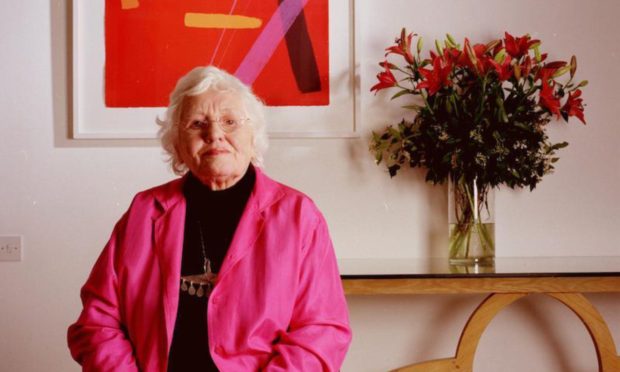
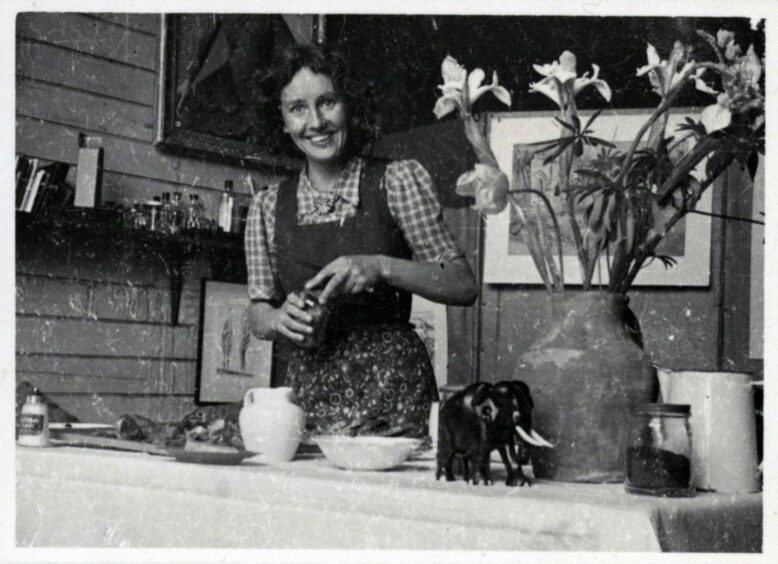
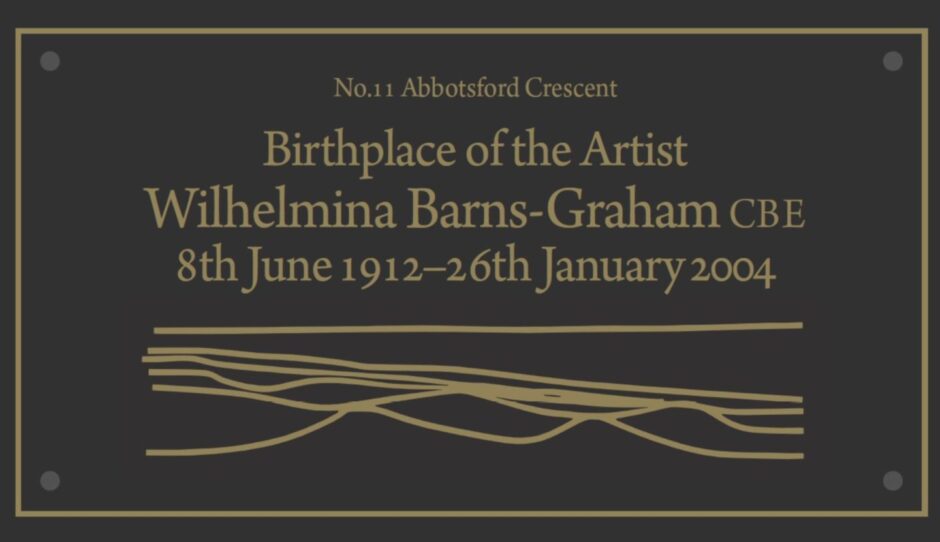
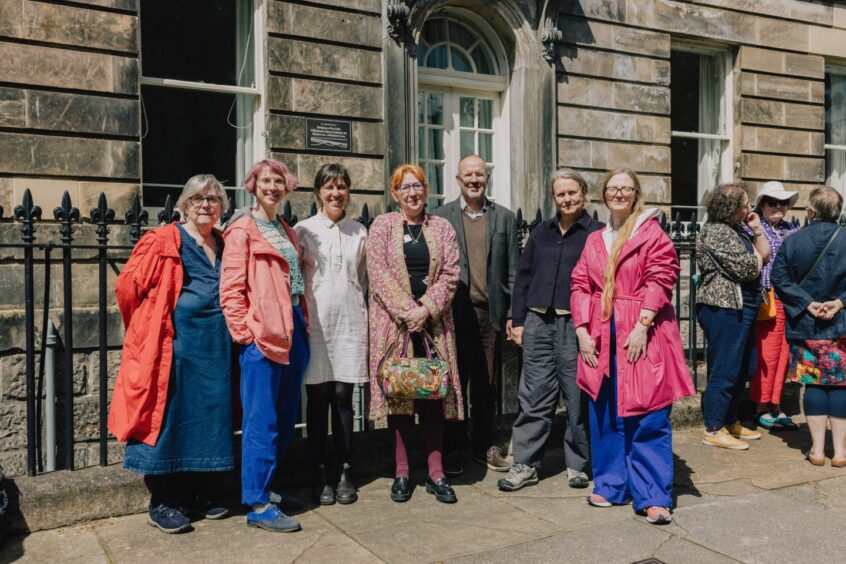
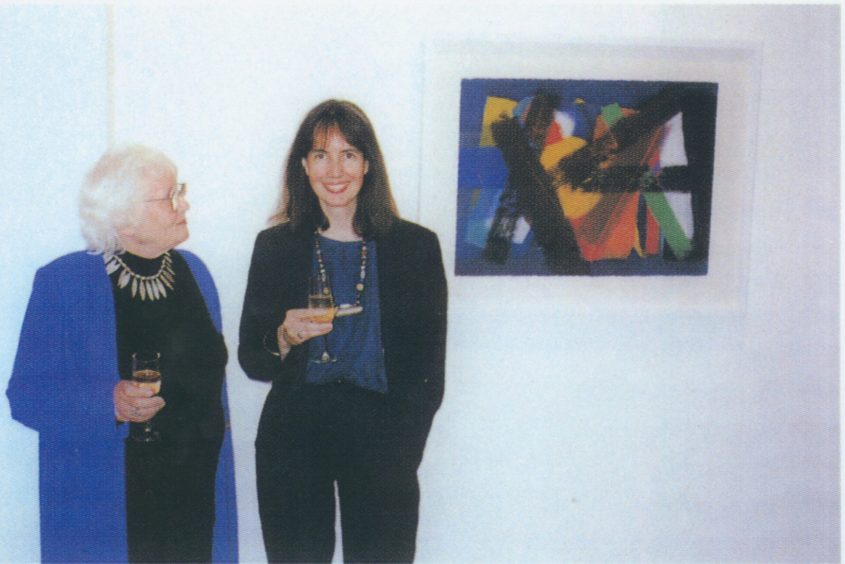


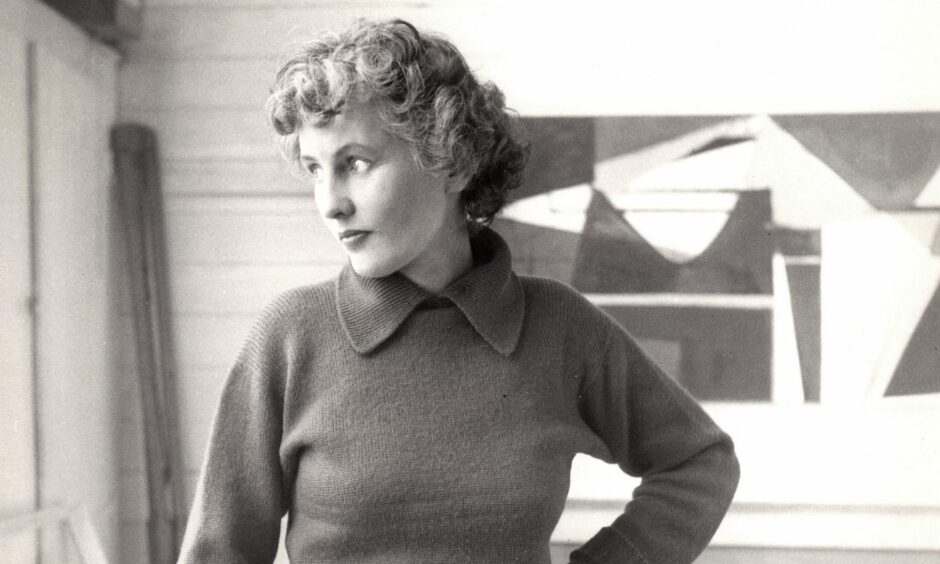
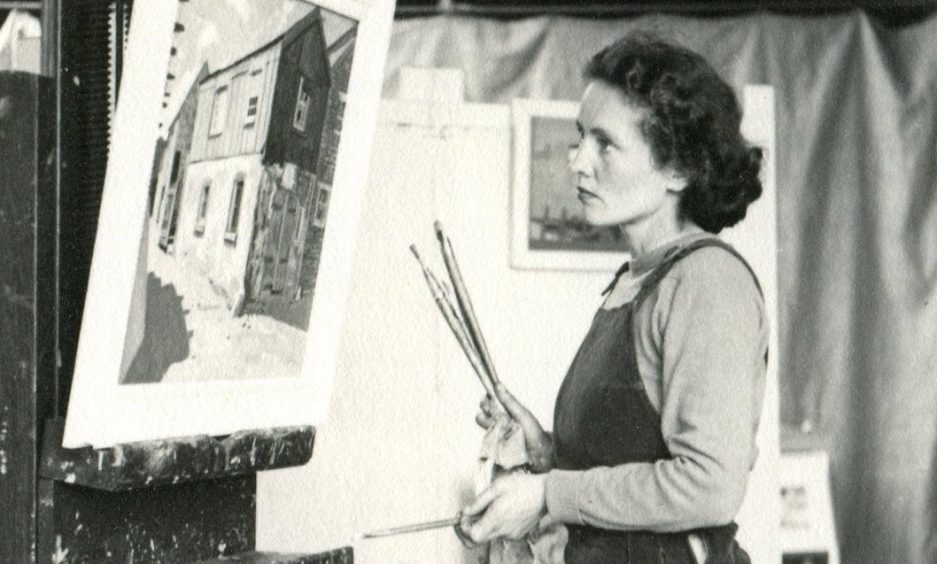
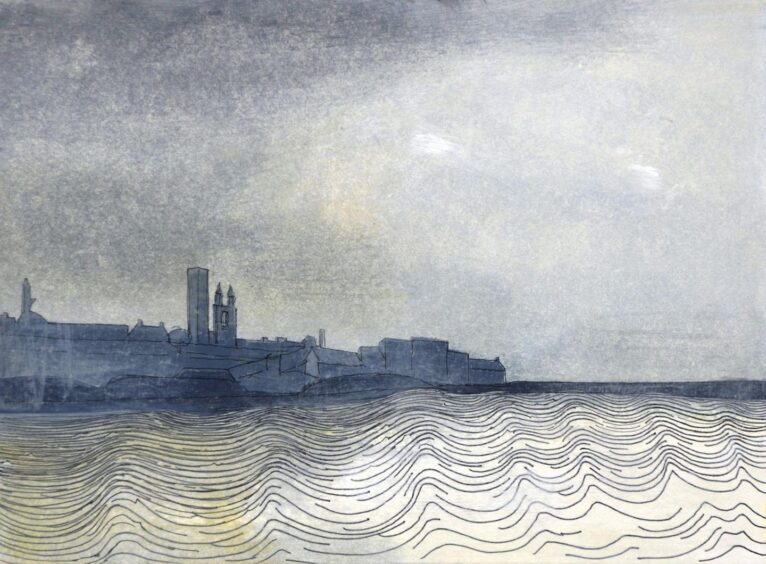
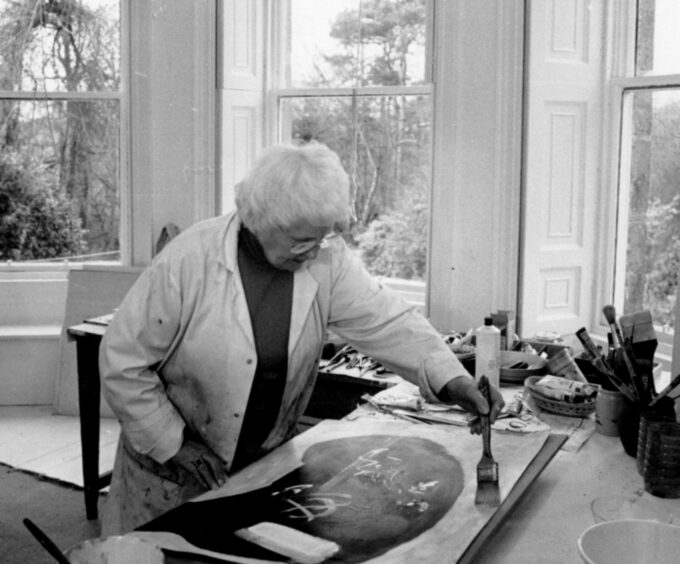

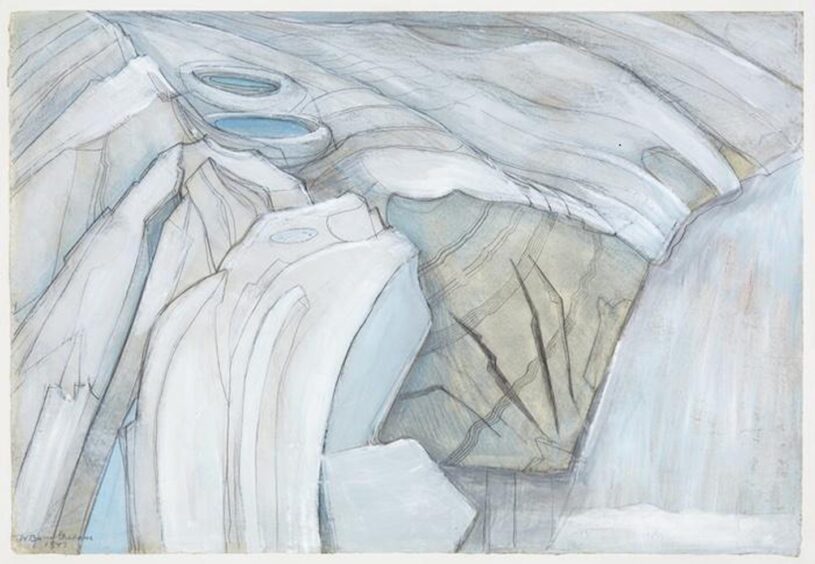










Conversation